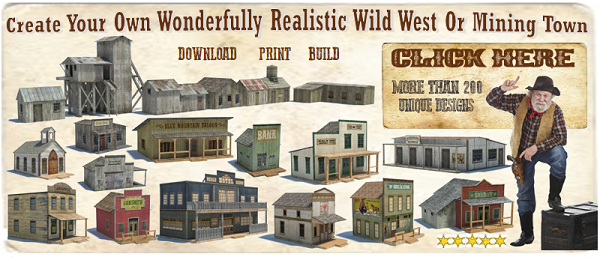9 More Useful Tools for the Model Railroad Workbench
© Copyright http://www.modelbuildings.org All rights reserved.
Beyond your basic model railroaders tool inventory such as pliers, wire cutters, screwdrivers and the like, here are some other items most modelers acquire soon after beginning the hobby. Some people would even go so far as to say they are also indispensable. What would you say?
1. Tweezers
The smaller your favorite scale, the more you need them! Straight and curved models will help you hang on to those oh, so tiny parts such as small screws and coupler springs. They are also perfect for nudging tiny bits into just the right place for assembly.
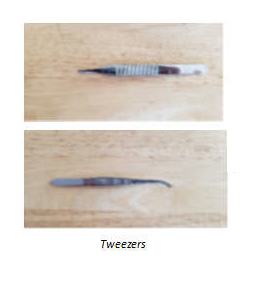
2. Magnifier
You can’t work on what you can’t see. Model railroading seems to attract both the very young and the, shall we say, “more seasoned veteran hobbyist”. For those of us who have noticed the need for much longer arms when we read, a decent magnifier isn’t just a nice to have tool. It’s a necessity. You can spend as little as $20 US on one of these or you can really dive in to your bank account and find examples at $150. Ones equipped with built in lamps are preferred.
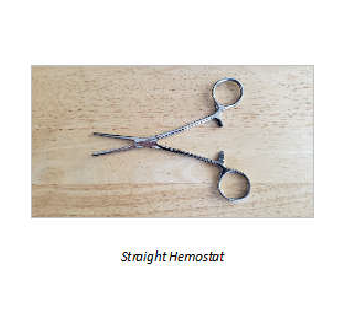
3. Hemostat
You might also see these advertised as spring clamps or just clamps. They come to you from the medical community, where they are a vital part of any surgical setup. You don’t have to go to a medical or dental supply house for them anymore because most hobby catalog tool sections will include them. They are available in a variety of tips, straight, curved, very long reach. They will be priced from $10 to $30 US from various tool suppliers, but you can also find them at model railroad shows and flea markets for $2 to $5. Once you have used this for a project, you’ll wonder how you ever got along without it. Hemostats are available in a number of lengths and sizes.

4. Bench Vise
A small vise is close to being the universal tool. If you are doing fine metalwork (building that brass locomotive, for example), or repairing electrical plugs and cables, or holding freshly glued parts, this is the tool for you. The vacuum base model will stick to non-porous work benches but not to bare. A sheet of plexiglass on your work area can serve a double purpose as protection for glued items and a handy place to stick a vacuum vise. There are other mounting styles that will clamp to the edge of the bench and universal position models that can be moved to whatever orientation works best for your project. Once again, flea markets and train shows will offer bargain prices. Purchasing a new one will cost you $30 and up.
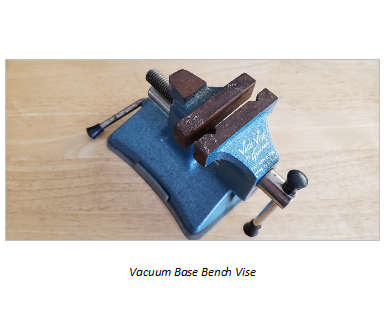
5. “Third Hand”
If a vise is “almost” the universal tool, the so-called “third hand” has to be the top contender for the title! It rectifies the original design flaw in human beings, that being not nearly enough arms and hands to create the objects our minds invent! The model pictured was purchased from the Radio Shack franchise years ago to be part of an electronic work bench. Newer models are available with more than two additional “hands.” If you do a lot of electrical projects involving soldering, you’ll appreciate its talent for keeping blobs of hot solder or the soldering iron itself from jumping off the bench and
into your lap!
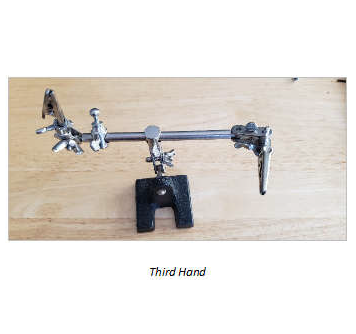
6. Clamps
Vises, third hands and hemostats are all sub-members of a larger category of tools known simply as clamps. The list of “clamps” could go on for pages! If you stick with model railroading for any length of time, the list of clamps on your work bench is likely to get to be that long as well.
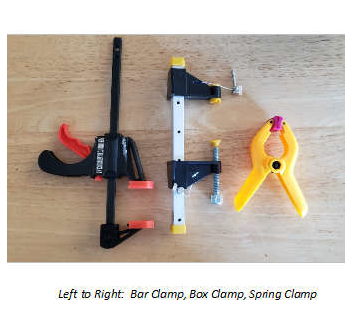
7. Pin Vise
Although this tool is called a “vise,” it’s really more of a handle. It is normally used to hold very fine drill bits to make precision holes in some material, but the clamping jaws can also hold fine parts that might otherwise jump off your work bench and into another dimension. One feature that is very useful for drilling is the swivel knob which allows you to spin the tool with your fingers while still holding it steady. It makes for a very stable and precision drill. A cheap one will cost about $7-10 US. Double or triple that price will net you a very nice model that will be on your bench as long as you have a bench.
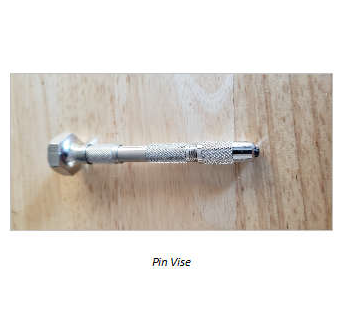
8. High Intensity Lamp
If you are a youngster just getting started in the model railroad hobby, you might think you don’t really need a lamp as long as your bench is by a sunny window. A couple years later, you’ll start to wonder why tiny screws, springs, and kit parts always seem to be in the shadows! Having a high intensity work light on your bench from the start will keep that confusion at bay. As with most other tools, you get what you pay for. Small goose-neck lamps such as the one pictured below are relatively inexpensive, about $10-15 US. Clamp on swing fitting lamps with LED or fluorescent lighting and built in magnification can cost upwards of $75 US, but will last you a lifetime and can be used in combination with a magnifying headset for extremely close work.
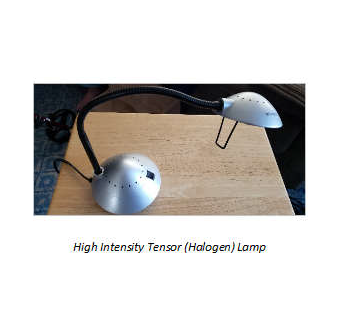
9. Parts Storage
If your house has hardwood floors, you might thing that parts storage is not important. After all, those microscopic components (thinking of coupler springs!) that always seem to spring off the table onto the floor are easily found, right? Wait, you have carpeted floors? Carpet has magic properties. It instantly translates any small part that touches it into another and unreachable dimension. One sitting doing coupler conversions or assembling a unit with sub-millimeter parts and screws will convince you that one or more of the options pictured below are necessary for your bench!
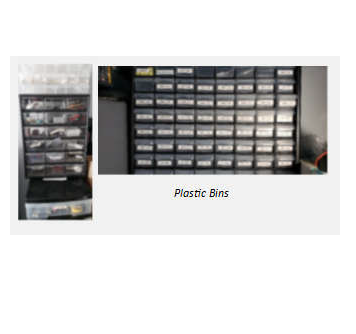
When working on a project, use a couple of fiber or plastic egg carton halves to hold parts as you use them. They can keep everything handy, organized, and safe from the careless forearm or hand sweep.



